The activity of bass fishing is gaining more popularity day by day. While it is important to know about the specific bass you are trying to fish, it is also essential to gain a proper understanding of the equipment you need for fishing.
For anglers, figuring out which pound-test line is best for bass fishing is one of the most important and common concerns.
Selecting the perfect size for a pound-test line is a daunting decision and so is selecting the type of line you should be using.
To save you some time and energy, we have gathered some information about correct fishing line weights for bass along with other conditions to keep in mind, tests to perform, and suitable types to choose from.
Table Of Contents
What Pound Test Line Is Best for Bass?
When fishing for bass a 6-10 LB test line will be good. Continue reading to learn how different environments and condition affect your line.
Here is all you need to know about bass fishing lines:
Understanding Fishing Line Strength
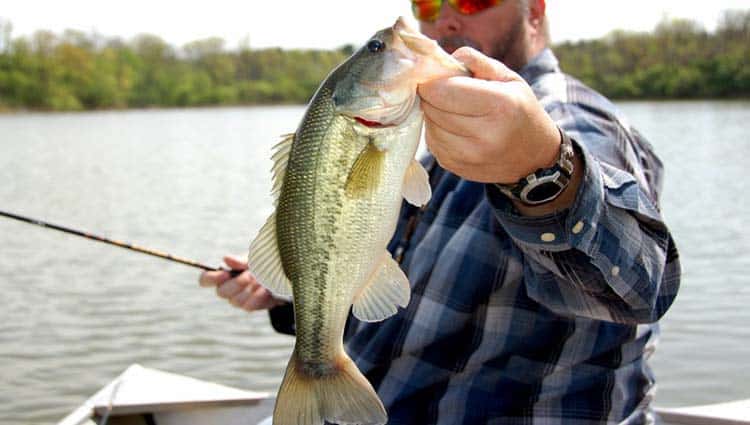
The strength of a fishing line is known as its test. It is measured in lbs (pounds). Each reel of the fishing line consists of a label through which you can identify what pound-test line it is.
This is quite similar to an 8-lb test. The total measurement of the stress (in pounds) that a fishing line can hold before it breaks down is known as pound-test strength.
Following are some factors to consider while choosing a fishing line that is right for you:
Choosing the Correct Fishing Line Weight for Bass
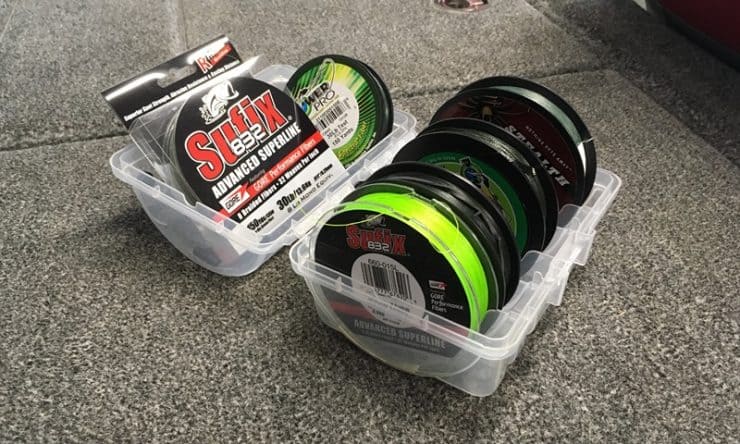
Firstly, you need to decide which species of bass you’d like to fish for.
Knowing the species will help you determine the fishing line weight. The bigger the fish you desire to strike, the higher the weight of the fishing line will have to be.
For instance, to target big largemouth bass, a reel of around 10-12 pound test line would be needed so that it doesn’t succumb under the pressure of the bass and break.
Where Are You Fishing?
 When fishing in open waters, like small ponds, you can use a fishing line with lower pound-test as there won’t be many forceful tugs to break it.
When fishing in open waters, like small ponds, you can use a fishing line with lower pound-test as there won’t be many forceful tugs to break it.
If you are fishing in water with hard currents and aggressive tides, choosing a durable fishing line with higher pound-test is recommended.
Weather Conditions
Different weather conditions require anglers to have a suitable fishing line accordingly.
Altering Barometric Pressure
During the time the barometric pressure is changing, bass are believed to become more active. This requires you to have a fishing line with a fast gear ratio to apply faster fishing techniques.
In case the barometric drops too low or goes extremely high, use slower fishing techniques as the fish become less active.
Rainfall
Try to avoid fishing in heavy rainfall, as you’ll need an extremely durable fishing line to prevent it from succumbing under too much pressure of the waterfall.
An ordinary fishing line will work well in light rain, as this weather is suitable for fishing.
Windy Weather
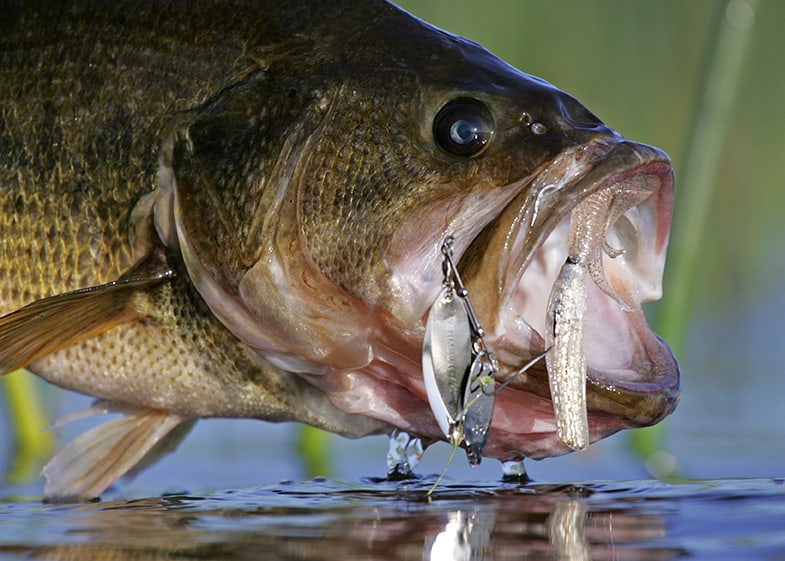
Fishing with a normal fishing line in areas with a slight breeze is recommended. In extremely windy areas, fishing will not only be difficult but also require an extremely strong fishing line.
Sunlight
In areas with an abundance of sunlight, bass tends to move deeper into the water to avoid high temperatures. In such cases, a long fishing line would be more appropriate.
Late afternoons and early mornings are the time of the day when fish move to the shallows, hence the length of the fishing line won’t be an issue.
Make sure you take notice of all of the factors above before going for bass fishing. We strongly discourage fishing under extreme weathers to prevent yourself from any hazards.
What Is lb Test on Fishing Line?
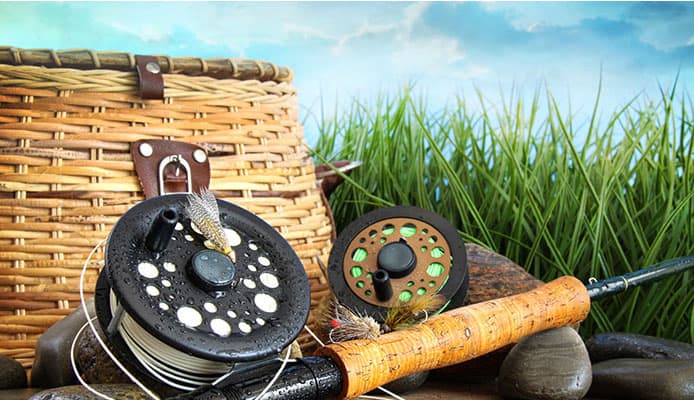 Test is the strength of a fishing line and measured in pounds (lbs). The pound-test of a fishing line should match the weight of the fish so that it doesn’t break under pressure.
Test is the strength of a fishing line and measured in pounds (lbs). The pound-test of a fishing line should match the weight of the fish so that it doesn’t break under pressure.
Following is a chart of finishing lines recommended for catching various common angling species along with their test.
| Test | Type of Fishing | Species |
| 2 to 4 lbs | Freshwater | Trout, panfish, small native fish |
| 6 to 10 lbs | Inshore, pier | Bass, bream, catfish, flathead, bass, salmon, walleye, large native fish |
| 8 to 14 lbs | Freshwater | Sea trout, flounder, sea bass |
| 12 to 20 lbs | Nearshore | Salmon, catfish, snapper, stripers, small tuna, pike/musky, kingfish |
| 16 to 25 lbs | Saltwater | Redfish, blues, stripers, sea trout |
| 30 to 30 lbs | Offshore | Large kingfish, shark, large tuna, marlin |
What Pound-Test Line Should You Use For Bass Fishing?
Monofilament – When to Use?
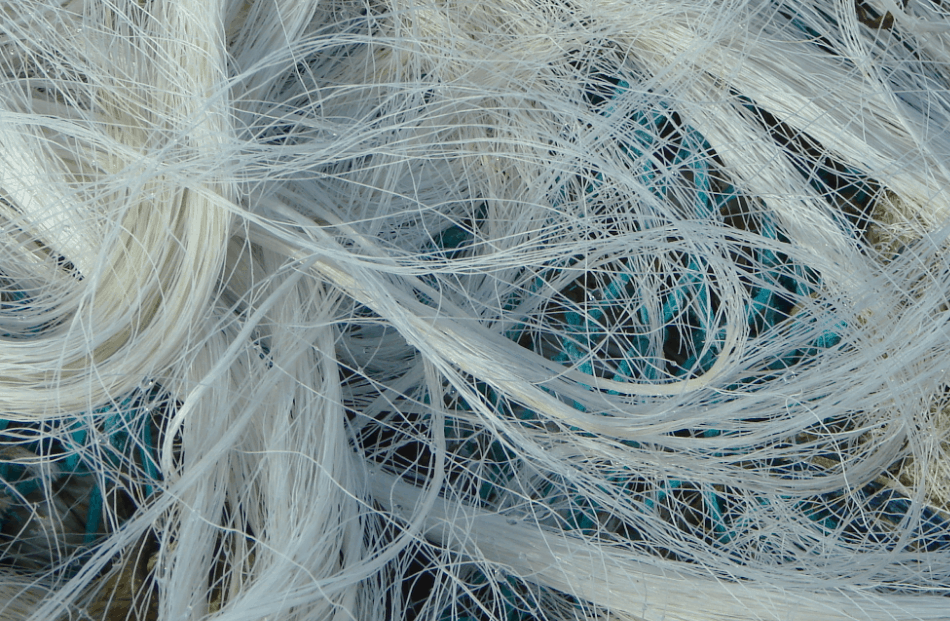
Monofilament, also known as mono, tends to float.
This tendency makes it suitable for top-water baits such as frog lures and poppers. The stretching ability of these lines is quite higher than that of fluorocarbon or braid.
This property is useful when fishing with reaction baits.
The increased stretch makes the target hold the bait in their mouth more easily. On the other hand, extra stretch can cause a problem when using longer casts or baits that require a strong hook set.
Fluorocarbon – When to Use?
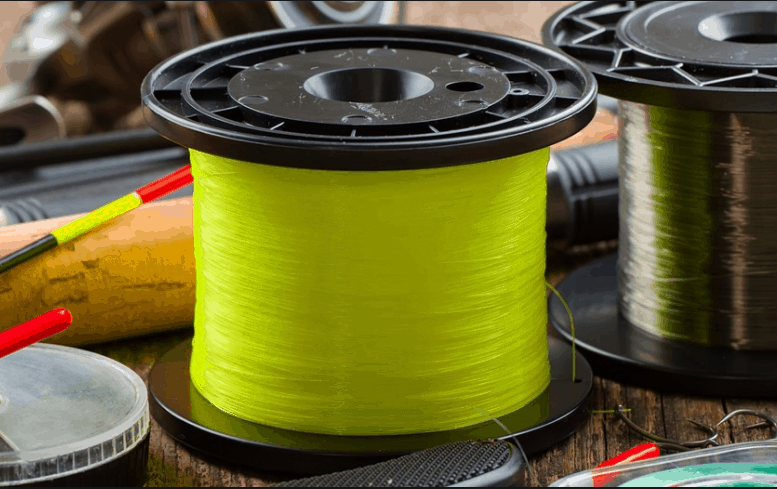
The sinking property of fluorocarbon lines doesn’t allow them to float on top-waters. However, it works well with reaction baits and softer plastics.
The ability of a fluorocarbon line to stretch is greater than that of a braid line but lower than that of a monofilament line. Its transparency makes it almost invisible to the fish.
Braid – When to Use?
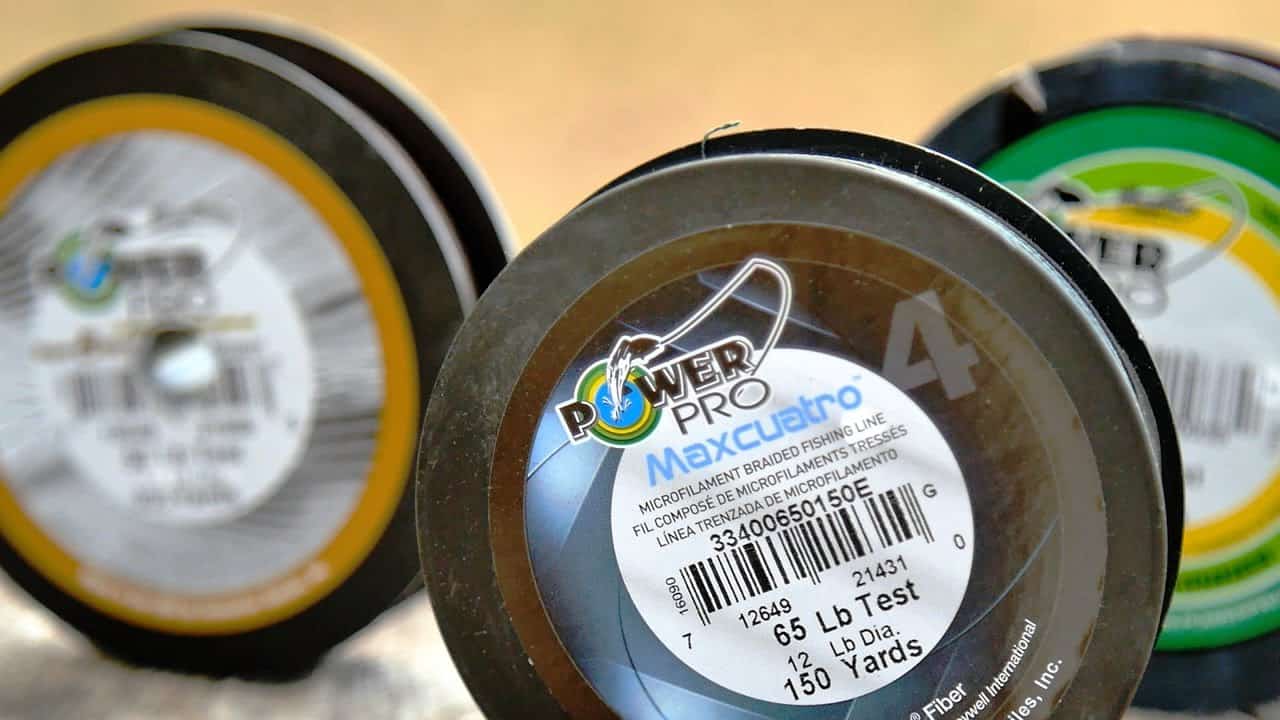
Braid lines are famous for their durability. They are strong lines that do not have any ability to stretch. These lines are extremely difficult for the fish to detect.
They are ideal for finesse situations but need to be tied with a fluorocarbon leader upon it to make it less visible to the fish’s eye.
In conclusion, choosing the best fishing line for catching bass highly depends on a lot of factors.
It is best that you understand each of them perfectly and decide which pound test line will be the most suitable for you!
Conclusion
As you can see, there are a few factors that go into picking your test line for bass fishing, but know you should be set to go catch some trophy bass! A 6-10 LB line will keep you covered and ready for that trophy bass!
